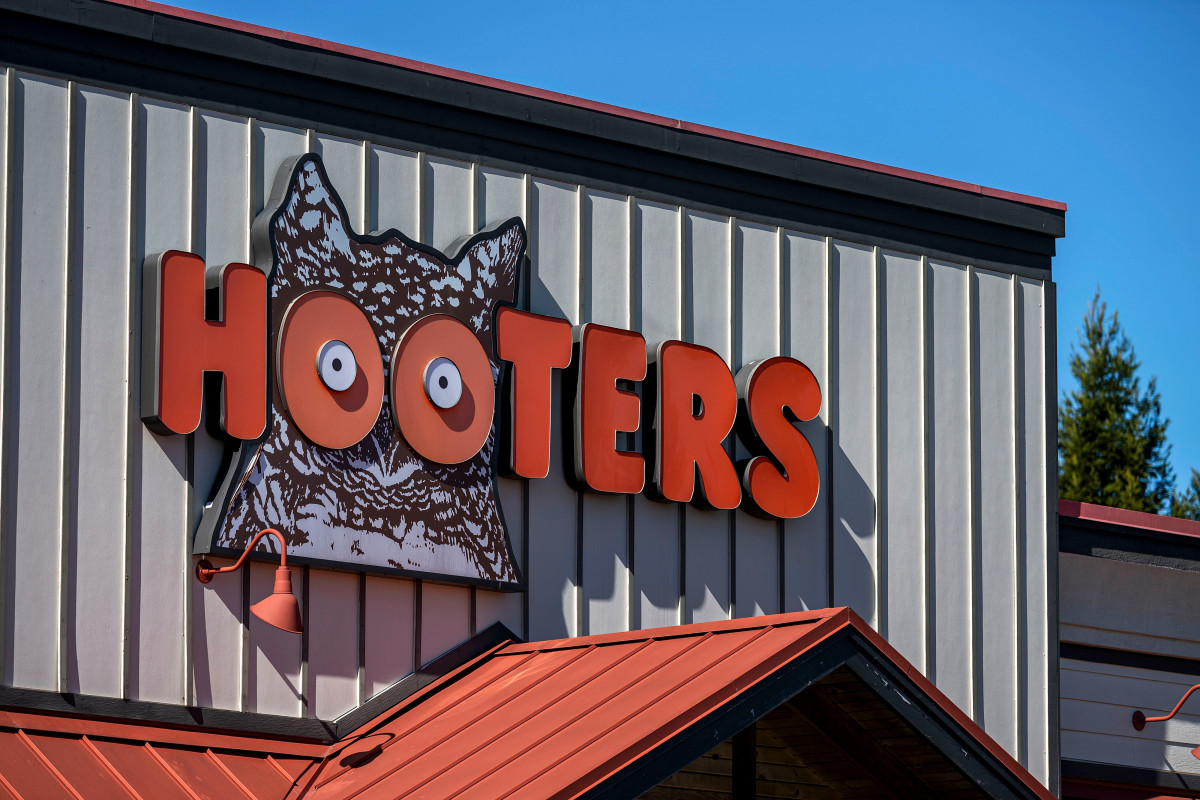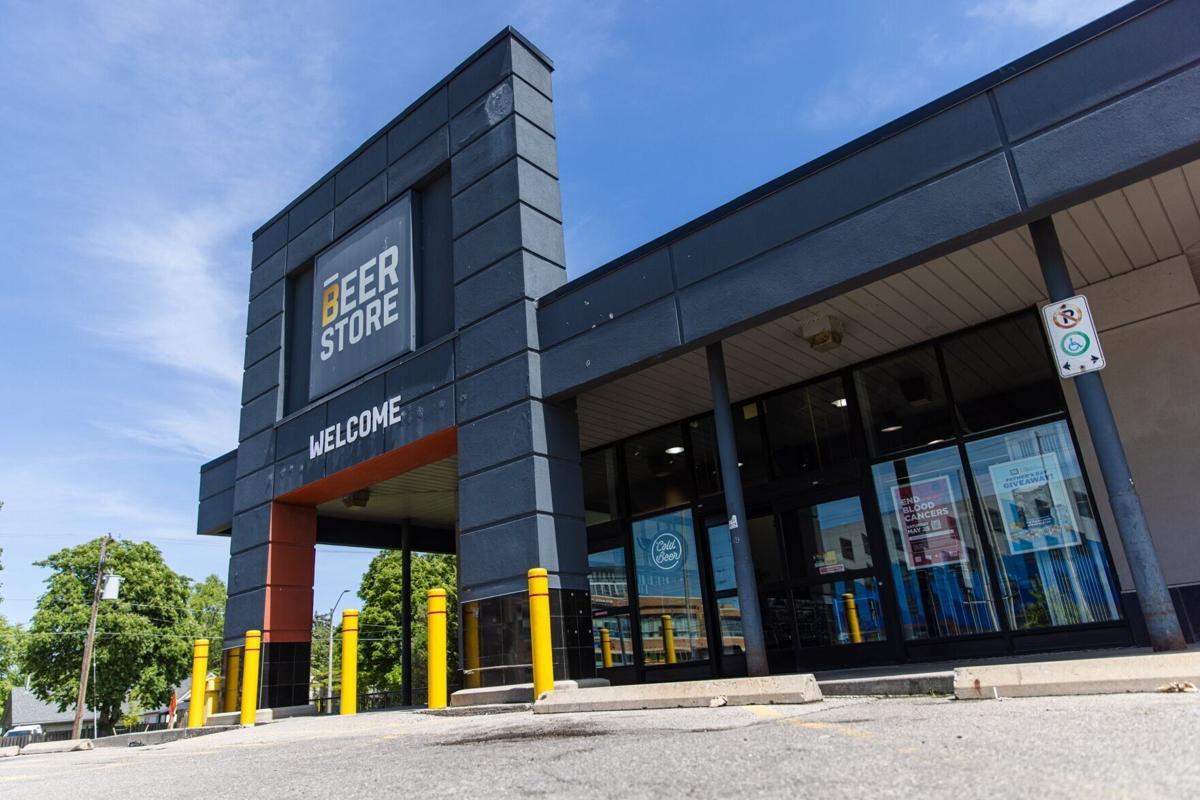Hooters, the eatery chain that got to be a social symbol with its interesting mix of casual feasting, meagerly clad servers, and an accentuation on sports bars, has long been a staple of American feasting. But after decades of victory, the brand presently finds itself in budgetary turmoil. Rumors of liquidation filings and rebuilding have surfaced, casting a shadow over a brand that once overwhelmed the casual eating scene.
This article investigates the history of Hooters, its rise to popularity, the challenges it confronted within the 21st century, and how its budgetary battles eventually drove it to its current circumstances. Moreover, will investigate the broader context of insolvency within the eatery industry and what the long haul may hold for Hooters.
The Rise of Hooters: A Casual Feasting Revolution
In 1983, Hooters opened its, to begin with area in Clear-water, Florida. Established by six businessmen, the eatery was outlined to combine a fun, laid-back environment with awesome nourishment and, of course, appealing servers dressed in orange tank tops and shorts. This interesting combination of components quickly set Hooters separated from its competitors, and it rapidly became a hit.
Hooters’ trade demonstrates catered to a generally male statistic, advertising a blend of consolation nourishment like chicken wings, burgers, and fricasseed fish, all served in a loose environment idealized for observing sports. Its offer wasn’t fair the nourishment, but too the experience of lively atmospheres, rowdy crowds, and a sense of camaraderie that made Hooters a go-to spot for bunch trips, particularly amid major sports occasions just like the Super Bowl and Walk Madness.
By the 1990s, Hooters had extended quickly, with hundreds of areas over the U.S. and overseas. It has to be synonymous with casual eating, sports bars, and a specific type of American pop culture. All through its rise, Hooters kept up its questionable but particular branding, utilizing its “Hooters Young ladies” to represent the company and set up its put within the market.
The Decay of Hooters: Changing Tastes and Showcase Pressures;
However, as time went on, Hooters started to confront noteworthy challenges. Within the 2000s, consumer tastes started to move, and the notoriety of Hooter’s special equation began to disappear. One of the primary signs of inconvenience was the developing concern over the restaurant’s sexualized picture. Faultfinders contended that Hooters’ branding was obsolete and its accentuation on female waitstaff in uncovering outfits distanced potential clients, especially ladies. As sex correspondence and body inspiration developments picked up force, numerous coffee shops started looking for alternatives that didn’t depend on obsolete stereotypes.
Additionally, the competitive scene for casual eating started to alter. Unused chains like Buffalo Wild Wings, Twin Crests, and Wingstop have risen, advertising comparable menus and a sports bar environment but without the questionable sexualized component. These competitors pulled in more youthful groups of onlookers seeking out more assorted eating alternatives. Hooters’ dependence on its brand picture and need for development in menu things and eatery encounters got to be a noteworthy liability.
As in case these social shifts weren’t sufficient, Hooters was moreover affected by broader financial weights. The 2008 monetary emergency resulted in diminished optional investing, influencing all ranges of the eatery industry. Hooters, with its center on casual eating and higher-end menu things like fish platters and steaks, battled to adjust to the thrifty tastes of recession-weary customers. Indeed within the long time after the crisis, the brand kept on seeing stagnant development, with client activity relentlessly declining.
The Budgetary Battles: Signs of Bankruptcy
As Hooter’s competitive edge began to gloomy, money-related inconvenience lingered on the skyline. The company confronted expanding obligation loads, and its capacity to extend and keep up productivity was in peril. In 2014, the Hooters brand was sold to a private value firm, Hooters of America, in an offer to revitalize the company. Despite endeavors to revive the brand, the comes about were distant from stellar.
Over a long time, Hooters has closed underperforming areas over the nation, uniting its operations and endeavoring to center on more productive markets. In any case, these closures and the need for a compelling reason for shoppers to return to Hooters caused indeed more noteworthy issues for the chain. By 2024, the company had closed more than 40 areas, and the signs of approaching insolvency were getting to be clearer.
But it wasn’t fair the closures that signaled Hooters money-related woes were too the failure to adjust to customer requests. The advertising for wings and casual feasting was not as productive as it once had been. Modern competitors like Twin Crests and Wingstop had stolen absent critical advertise share, giving customers more advanced feasting encounters and value-driven menus. Hooters battled to keep pace with these changes and fizzled to set up a strong computerized nearness, advance confining itself from more youthful, tech-savvy consumers.
Rumors of Insolvency: The Breaking Point
In early 2025, reports started to surface that Hooters was planning to record for bankruptcy. The company had supposedly been working with law firms and rebuilding experts to assess its alternatives and prepare for a Chapter 11 recording. Chapter 11 liquidation permits companies to rebuild their obligations while proceeding to function, which can give them the breathing room required to recapture money-related soundness. In any case, for Hooters, this might be a last-ditch exertion to spare the brand from encouraging decline.
The liquidation rumors were fueled by the company’s mounting money-related issues, declining incomes, and expanding competition. Despite endeavors to modernize its picture and streamline operations, Hooters appeared incapable of recapturing its previous dominance within the commercial center. The company’s endeavors to differentiate its offerings and patch up its brand picture, counting a center on more beneficial menu choices and redesigns to a few locations, were to a great extent unsuccessful in driving growth.
In expansion to showcase weights, the broader eatery industry has confronted noteworthy challenges in later a long time. Chains like Ruddy Lobster, TGI Fridays, and Chili’s have too battled to preserve pertinence, driving to far-reaching closures and insolvency filings. These closures reflect the unforgiving substances of the casual feasting segment, where changing shopper inclinations, labor deficiencies, and financial weights have cleared out numerous brands vulnerable.
The Future of Hooters: What Comes Next?
As Hooters navigates its current money-related emergency, the address remains: Can the brand be spared, or is it predetermined to decrease? It’s critical to consider that, indeed in case the company records for Chapter 11, insolvency doesn’t essentially cruel the conclusion of the brand. It seems to allow the company to shed obligation, streamline operations, and refocus its end favors on more beneficial markets.
However, a fruitful rebuilding will require Hooters to address a few crucial issues with its branding and commerce show. The company’s dependence on obsolete gendered symbolism and a center on a particular statistic may advance if it needs to remain important in today’s commercial center. Numerous clients, especially more youthful ones, are progressively looking for comprehensive feasting encounters, and Hooter’s questionable branding seems to turn them away.
There are moreover challenges in terms of competition. Unused chains are always rising, numerous advertising more different menu choices and advanced feasting situations. Even more built-up brands like Buffalo Wild Wings have proceeded to thrive by engaging in changing tastes. Hooters would have to reexamine its situation within the showcase and find ways to distinguish itself from competitors.
One road Hooters seem investigate is extending its worldwide nearness. Whereas the brand has been fundamentally centered on the U.S. showcase, there’s potential for development in worldwide markets where American-style casual feasting is picking up footing. This procedure, be that as it may, would require a fragile adjustment between adjusting the Hooter’s involvement in remote markets while maintaining the brand’s identity.
Conclusion;
Hooters’ liquidation rumors serve as a cautionary story for the eatery industry and highlight the challenges that indeed notorious brands confront in a quickly changing showcase. Whereas the company’s history and bequest are irrefutably amazing, the brand’s battles later a long time are a coordinated result of a failure to adjust to advancing shopper tastes, expanding competition, and broader financial forces.
Whether Hooters will be able to bounce back after a liquidation recording remains questionable. What is clear, be that as it may, is that the brand must undergo a critical change to secure its future. In case it can learn from its past and adjust to the advanced feasting scene, there may still be trust for a restoration. But on the off chance that it remains bolted in obsolete hones and brand personality, Hooters may end up just another casualty of a changing industry.
As the casual feasting scene proceeds to evolve, Hooter’s fate will serve as a vital update of the requirement for advancement, adjustment, and responsiveness to consumer demands. Presently, the other step for the brand stays dubious, but one thing is obvious: the longer term of Hooters will require a radical reconsidering of everything the brand has stood for in the past.




